Prioritising Personal Health and Safety - Lessons from the Olympics
The Olympic games is the World's premiere stage for athletes worldwide. The chance to compete t one of the most prestigious sporting events is a dream for many athletes, but will only become a reality for a select few. Making it to the games is no easy feat - a mix of talent, hard work, and sheer grit are required to even stand a chance to gain the honour of representing one's nation at this most celebrated sporting competition.
The Olympics and those who compete in them teach us many lessons. They show us what the power of sheer determination and perseverance can achieve. They teach the moral that with sacrifice, blood, sweat and tears, dreams can become reality. They encourage us to push ourselves to our limits, so that we too can achieve results that are "faster, higher and stronger".
But at some point we need to ask, at what cost does a faster run, a higher jump, and a stronger performance come at? Surely there must be a limit to the pain that we expect athletes to endure. In the hype and excitement of the olympics, it is easy to forget that Olympians, despite sharing the same title as the ancient Greek Gods, are humans too. They are flesh and bone, and as we all know, flesh and bones can bruise and break.
Take Singapore's own Tan Sze En, our representative in the Women's Artistic Gymnastics events. Her astonishingly long list of achievements is matched by an equally terrifying list of injuries and surgeries she has had to endure. At 21 years old, she has not only achieved a mantle that only a select few can add to their names, but a medical history that most pray they will never have to endure, including multiple surgeries to her wrists and shoulder.
After a well performed floor routine and impressive recovery on the beam, the young athlete chose to gracefully bow out of the competition, as her wrist injuries, sustained even before she reached Tokyo, had been bothering her. Sze En's decision teaches us an extremely important lesson, one that is less heard but is perhaps the most important lesson of all:
Your personal physical health is the most important, and only you can decide when to continue and when to stop.
This decision was clearly one that Sze En considered carefully. She had been injured countless times before, and when she could, she would push through the pain for her training and to achieve her dreams. But when the pain was too much, she knew not to force herself. The maturity of her decisions is one far beyond her years, demonstrating her great understanding of the necessary balance between pushing one's limitations and protecting one's personal health.
But physical health isn't the only thing we should be concerned about
Another athlete that made the decision to prioritise her health was the famous American GOAT, Simone Biles. Simone made the decision to pull out of the Team event at the olympics. Her individual preliminaries had already proven to be a difficult day, and it was clear that the 24-year-old was not in the best state of mind. On her Instagram, she openly shared that it felt like she had the weight of the world on her shoulders, and who could blame her? With the world watching and demanding greatness, it would be unfair to expect even the most seasoned athlete to not feel stressed.
Simone shared that she needed to prioritise her mental health, explaining that she did not trust herself. For anyone who has ever participated in a sport, fitness activity or dance, you will know that self-trust and confidence are essential in achieving a safe outcome - second-guessing and hesitation set athletes up for falls and injuries. Her decision provided the second key takeaway from the olympics:
Protecting your mental health is equally important, and often directly connected, to protecting your physical health.
Injury prevention begins long before one takes the first step of their sport - it begins with the mental preparation to ensure one is confident and clear of their intentions (as we explain in our previous article). Simone found herself in a position where her mental health was of primary concern, and continuing to compete would have been potentially dangerous for herself. Despite the pedestal that the world has put Simone on, a pedestal she never asked for, she is still above all else a human being. She does not owe anyone anything, and she needs to take care of her personal wellbeing first and foremost.
These olympians are a new generation of role models to young athletes everywhere, who teach us that balance is a key ingredient in sports and in life. Yes, achieving excellence takes sacrifice, it takes pain, and grit, and sometimes requires perseverance through the pain.
But it does not come at the cost of sacrificing your physical and mental wellbeing.






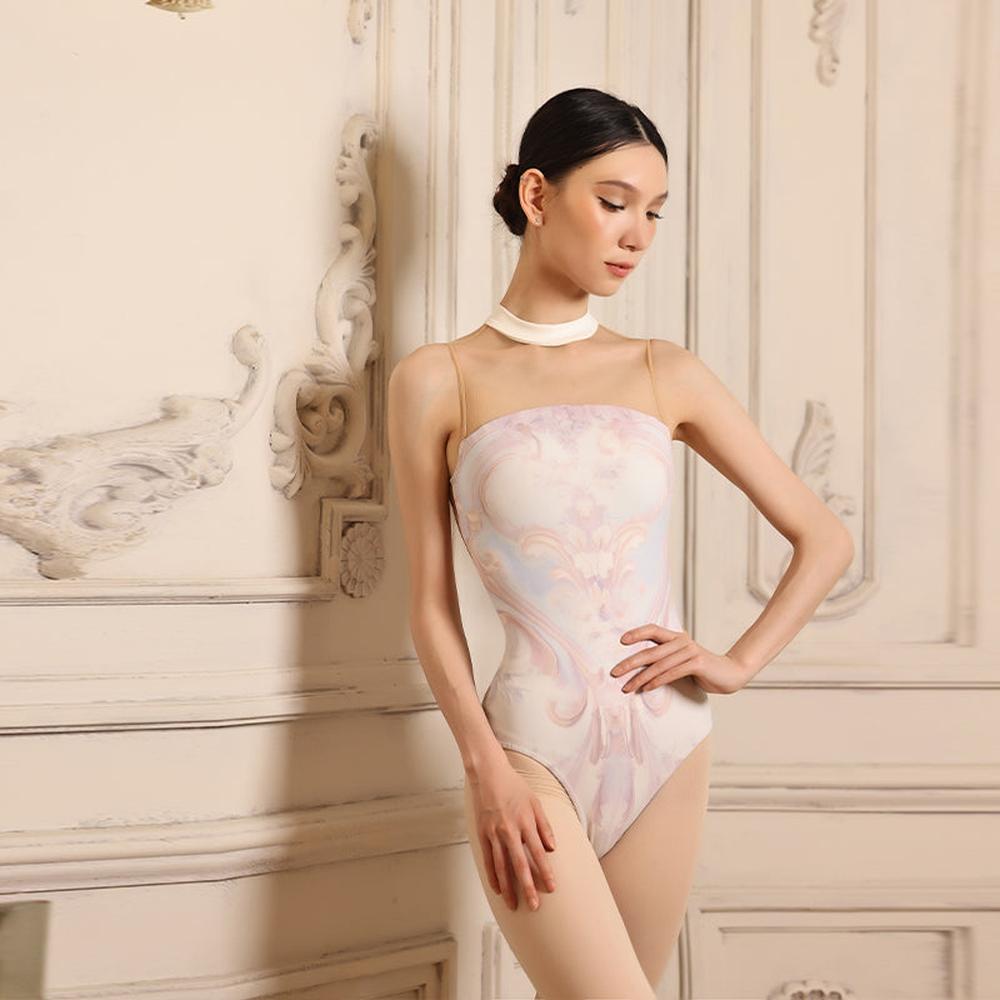
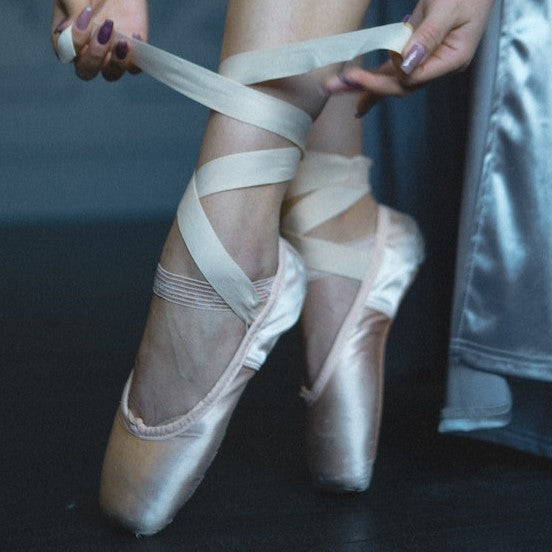

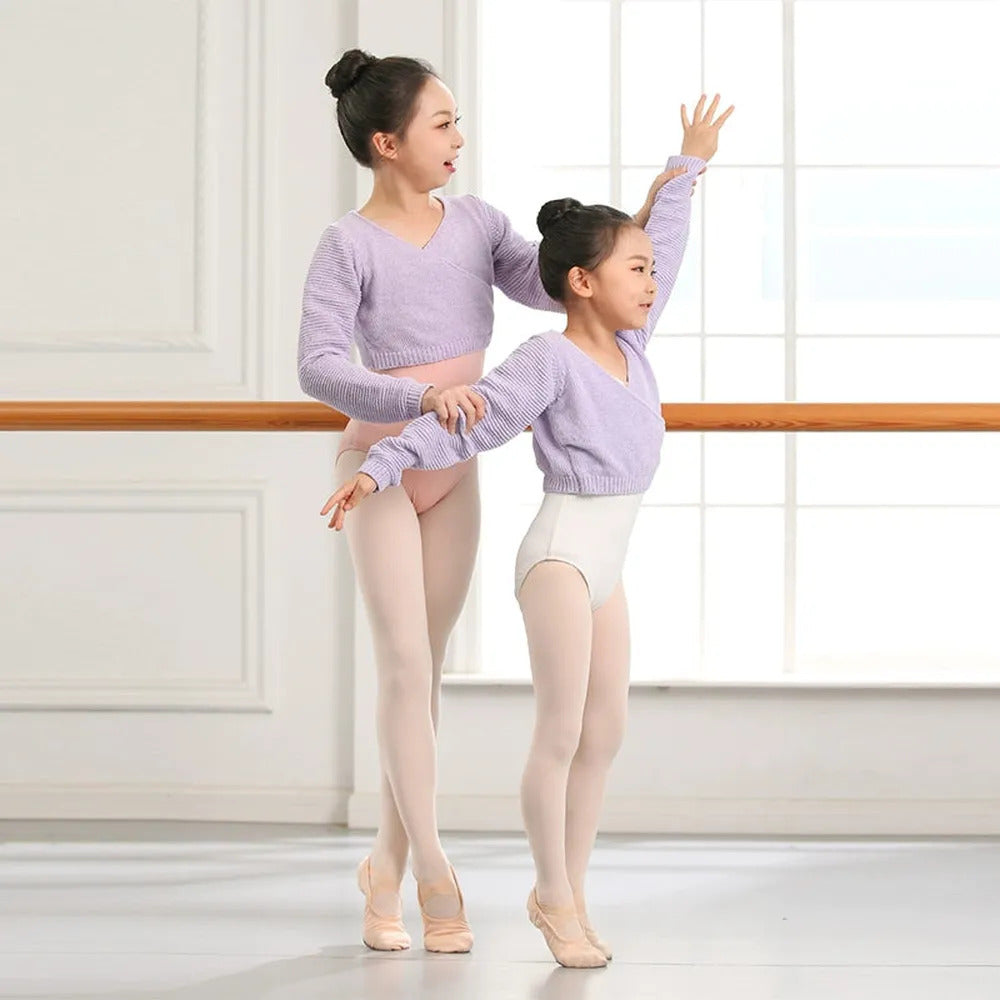

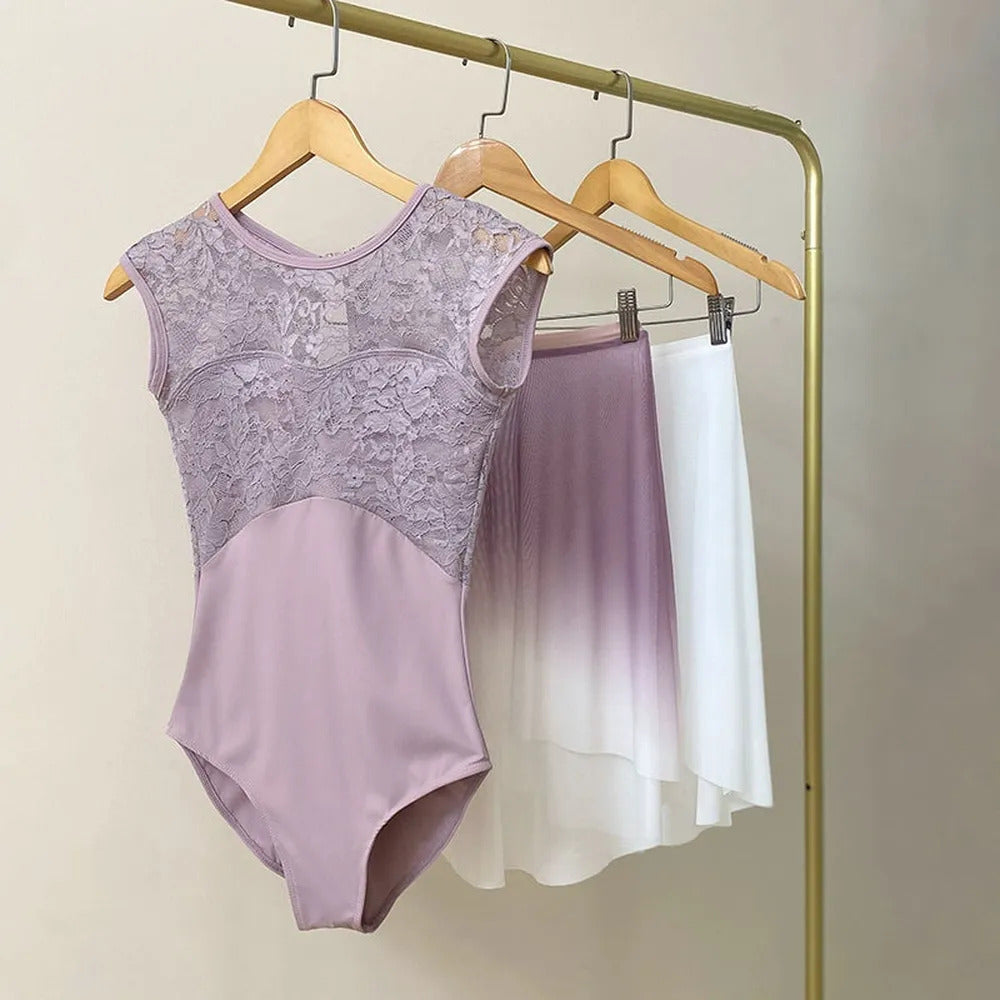
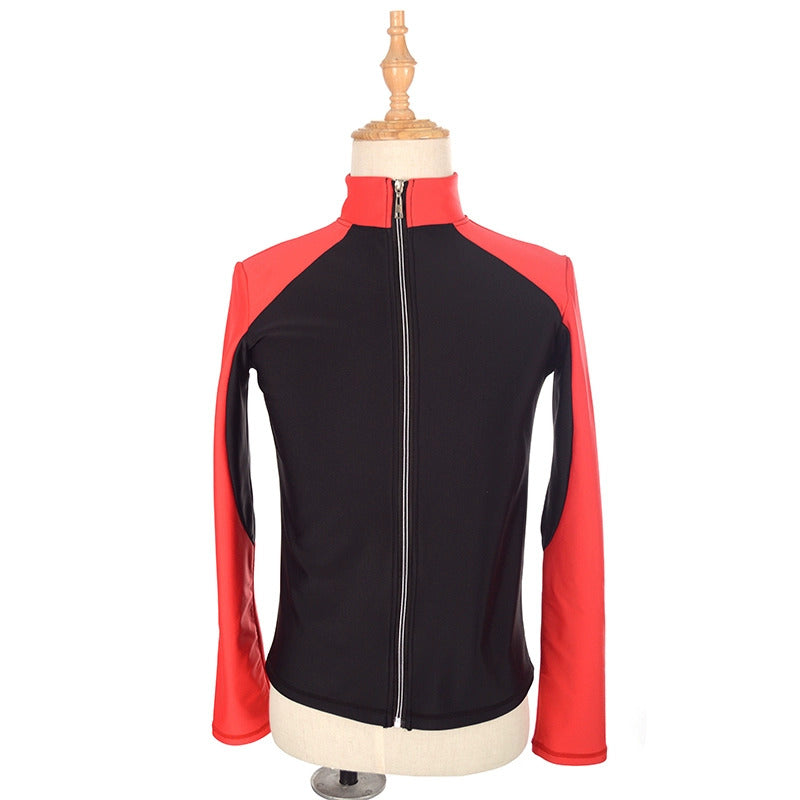
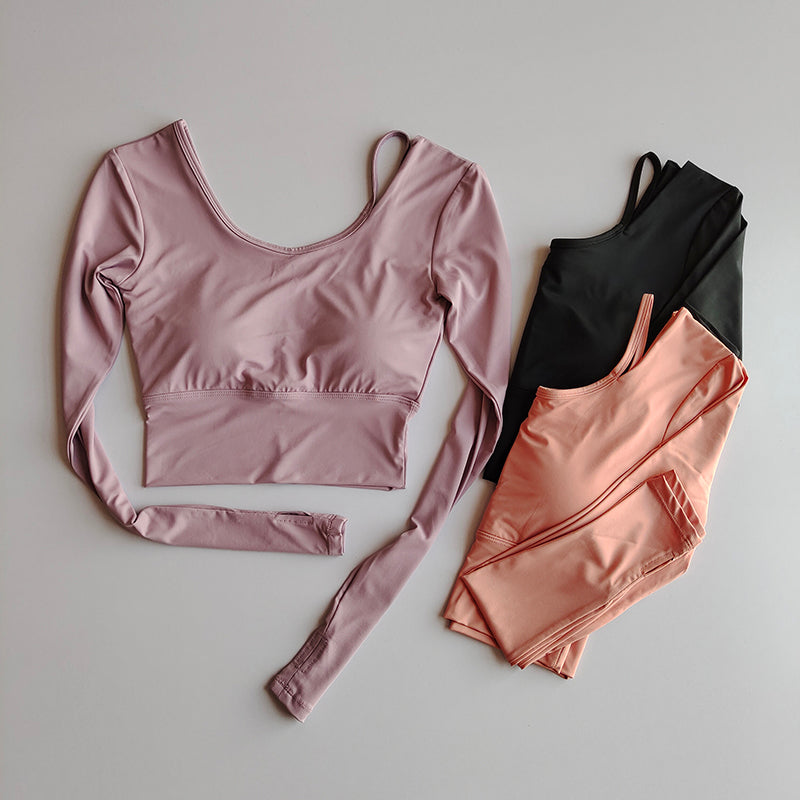
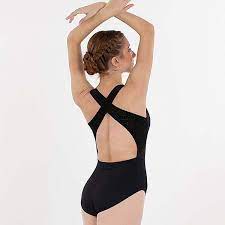
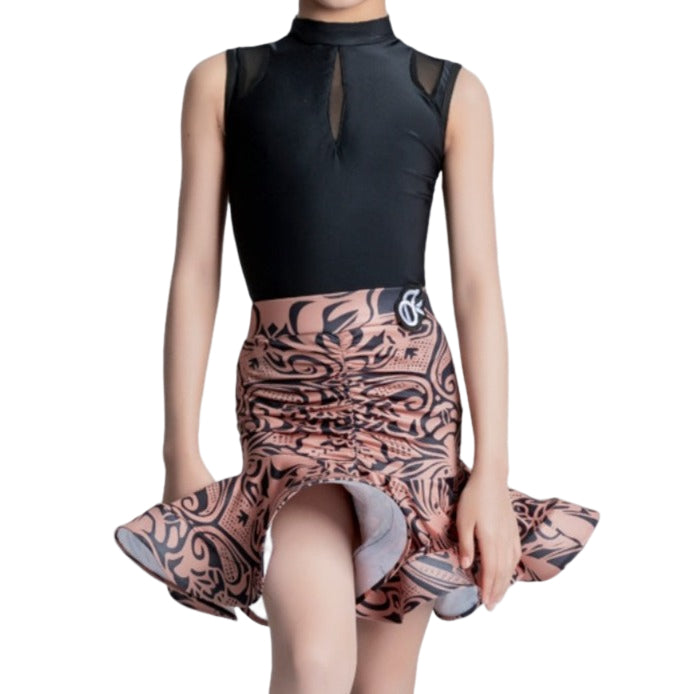
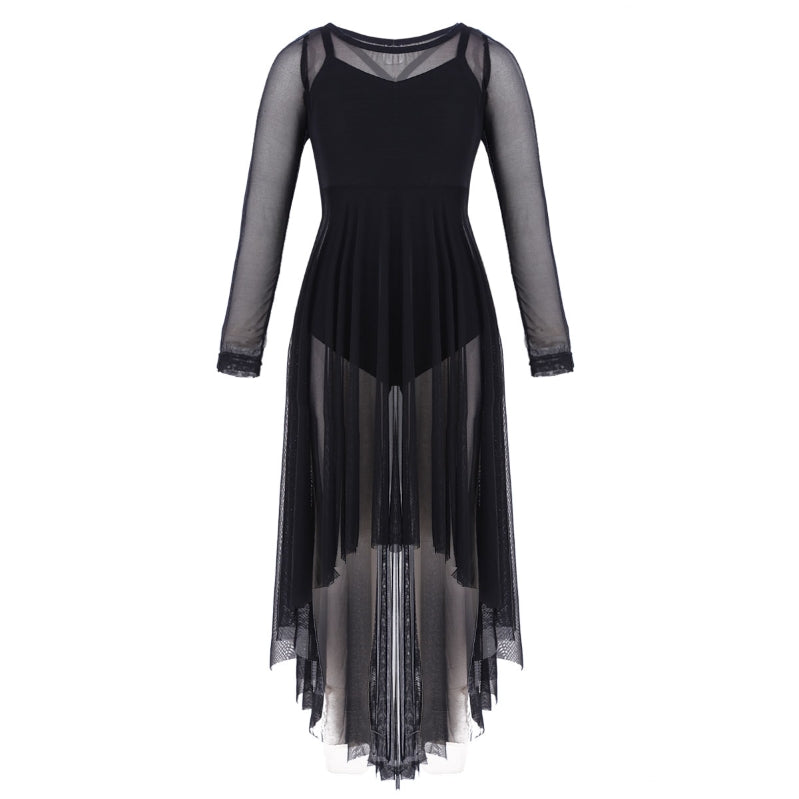
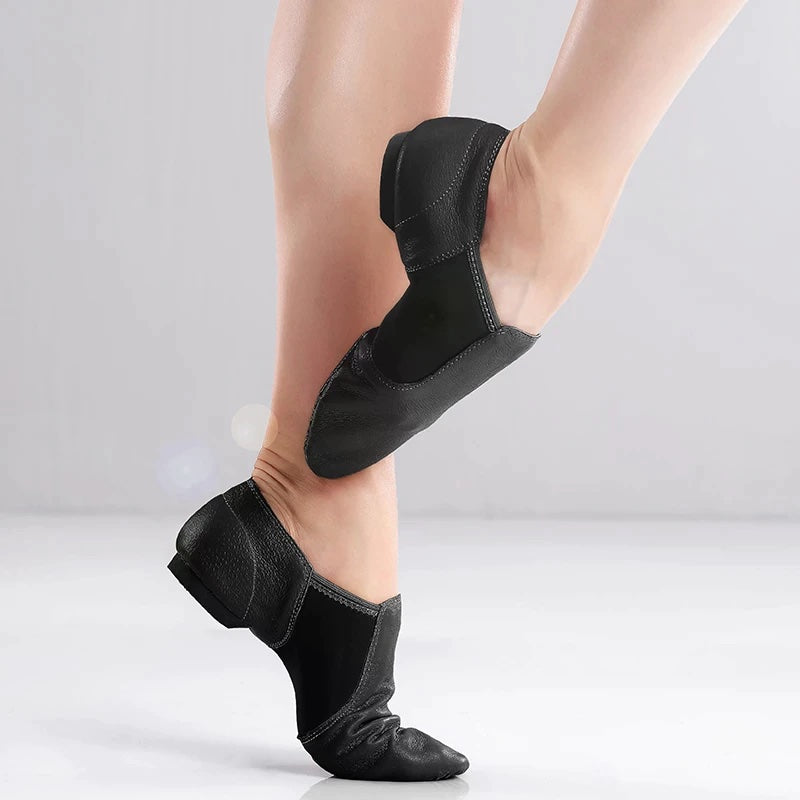
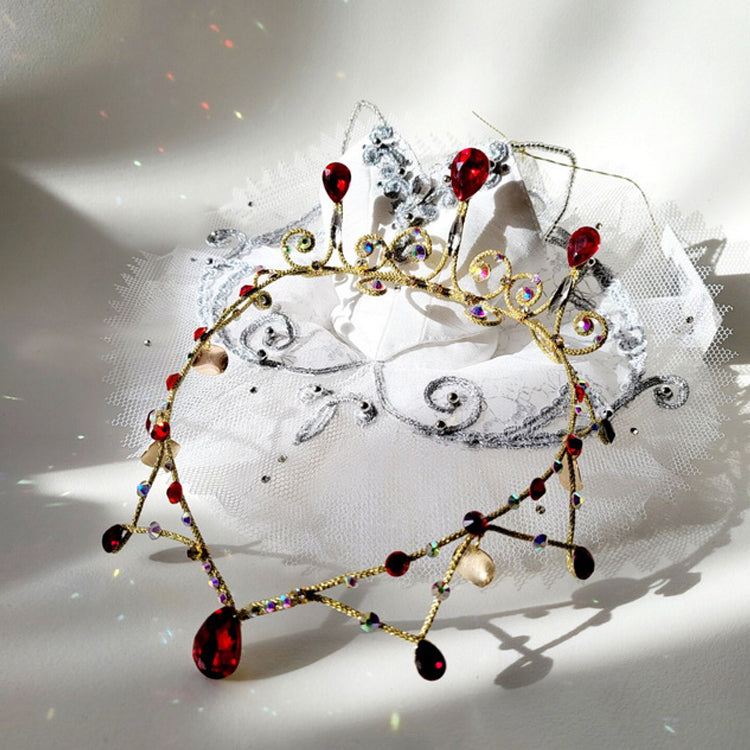
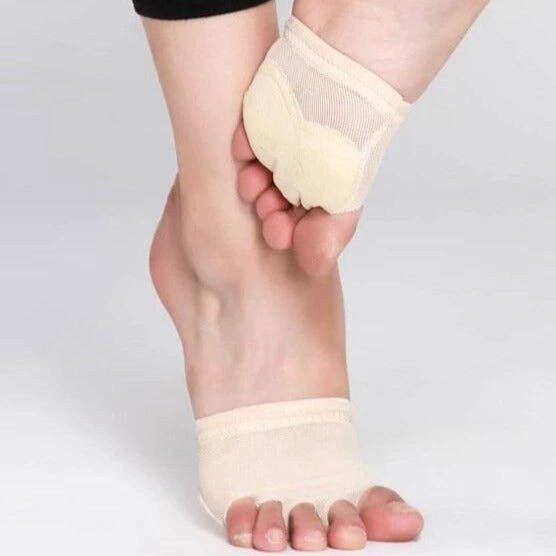

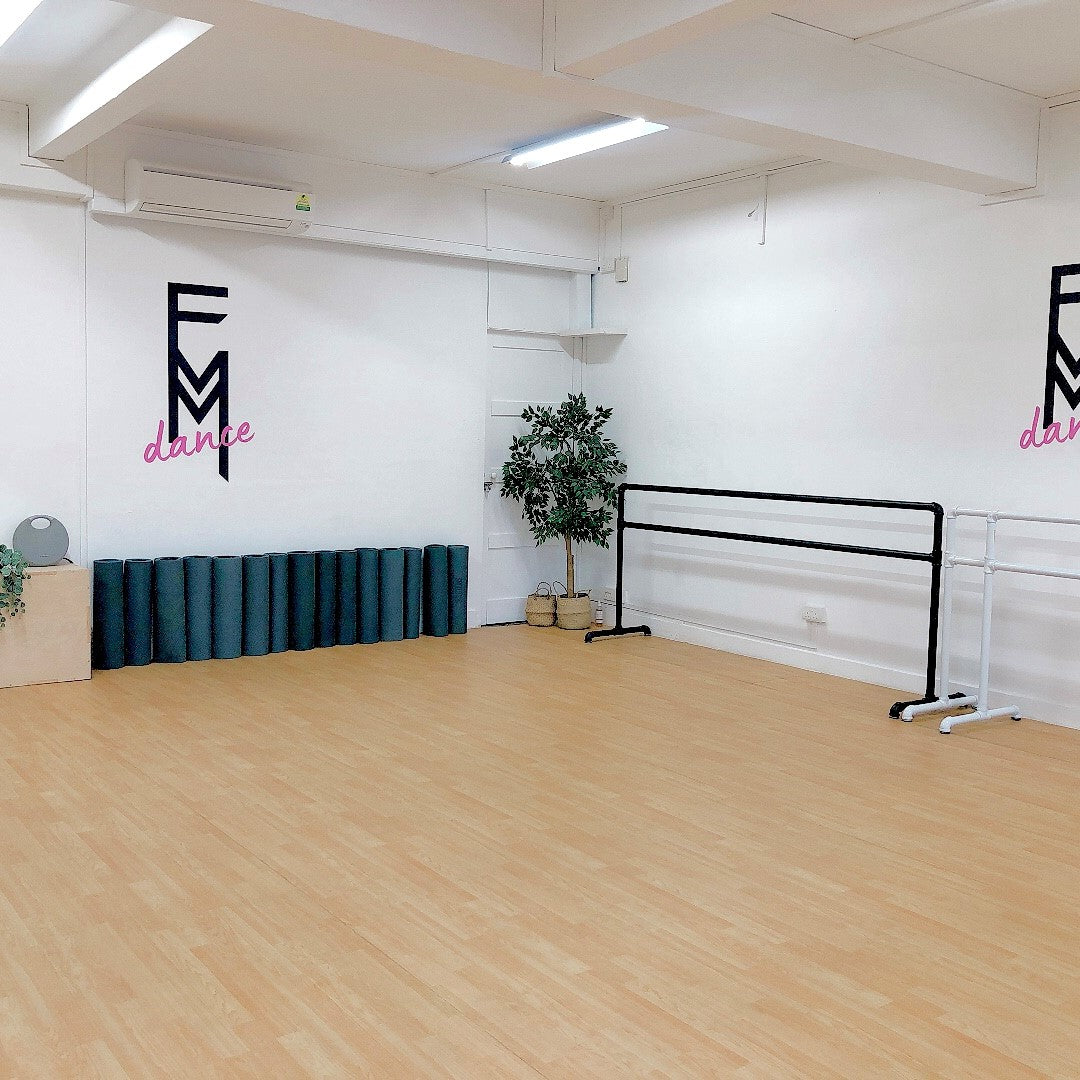

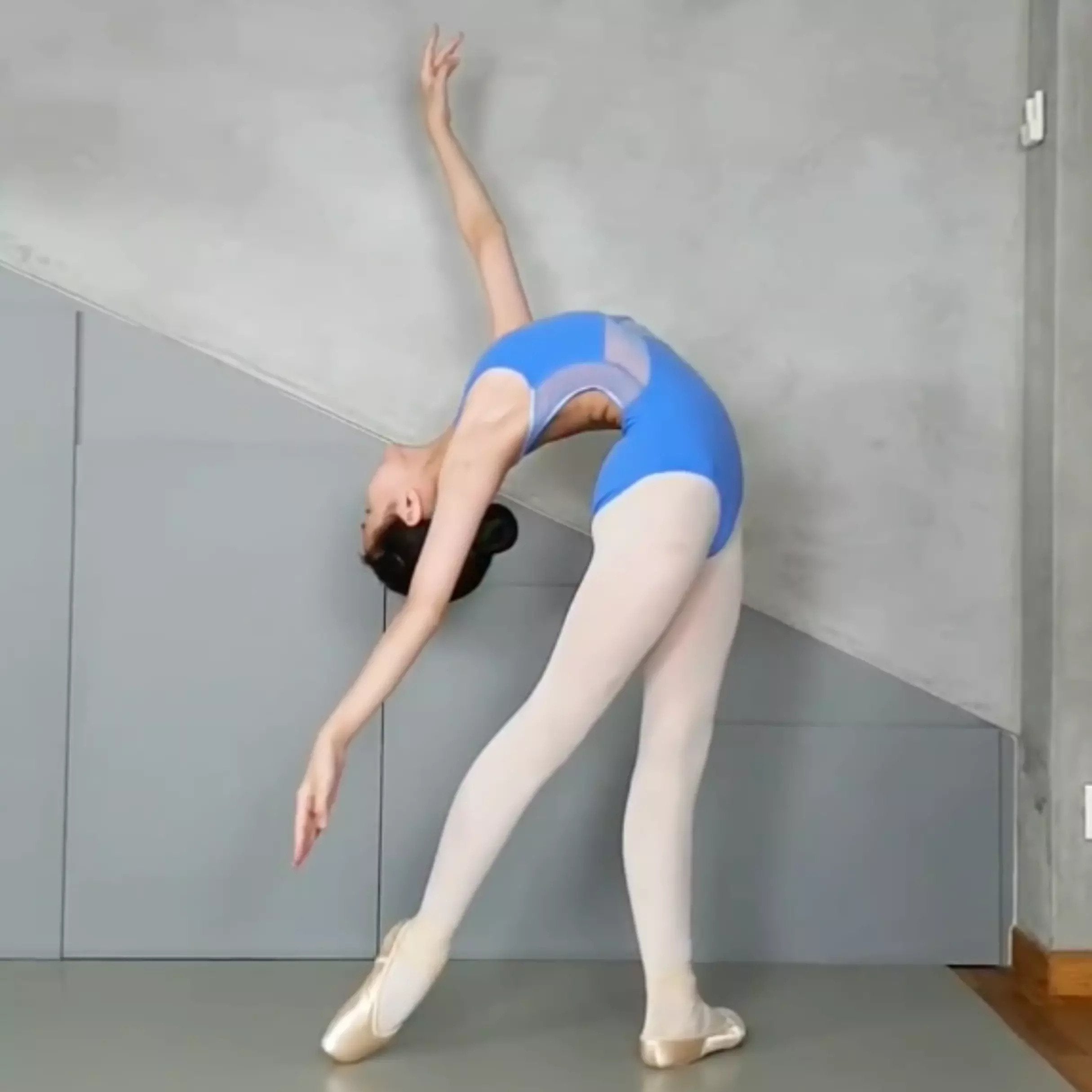
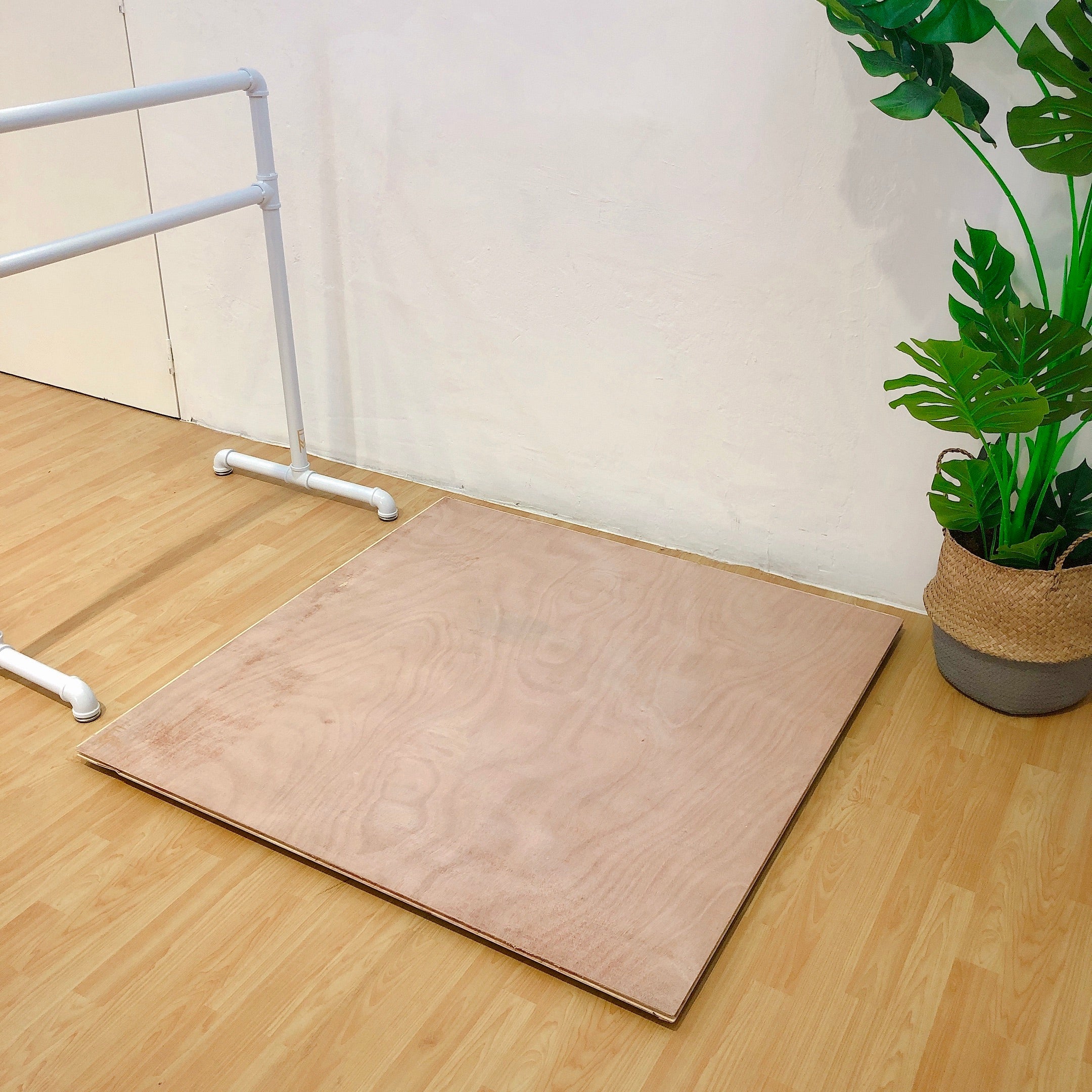


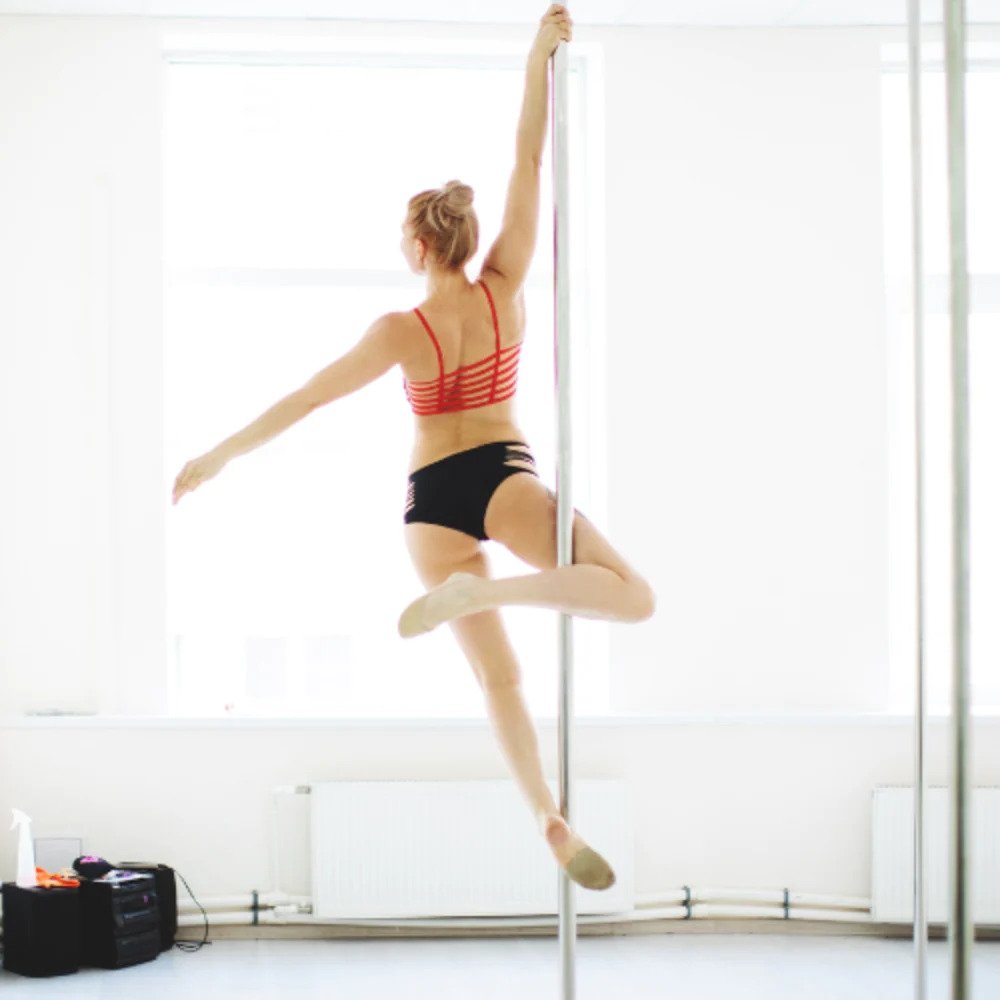
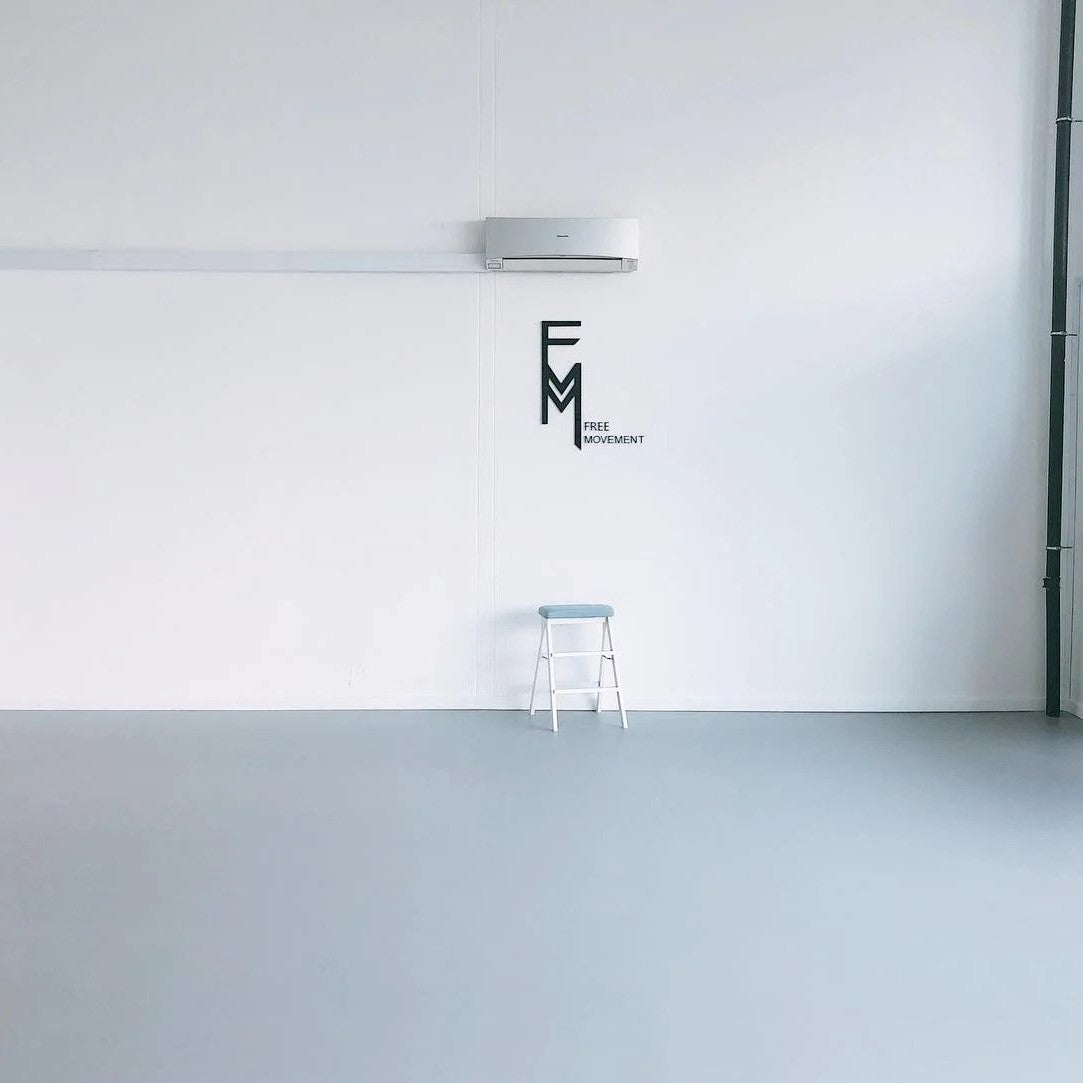

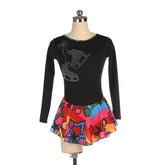

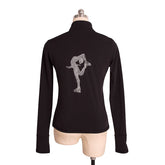
Leave a comment
Please note, comments need to be approved before they are published.